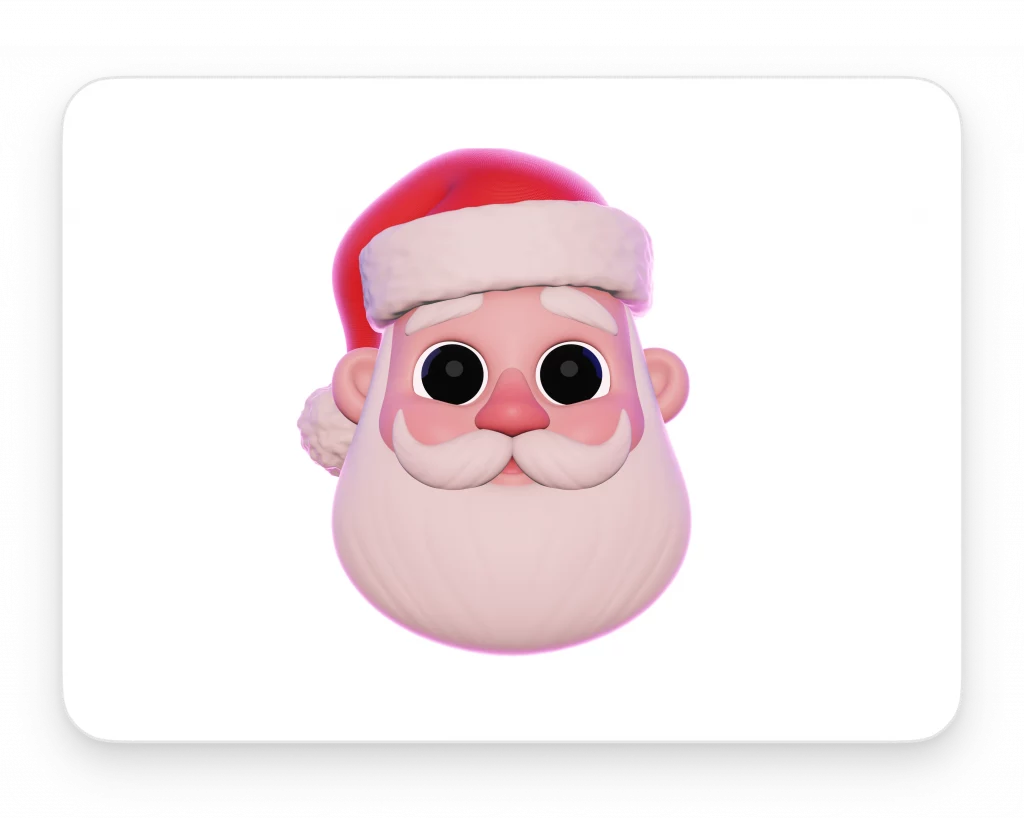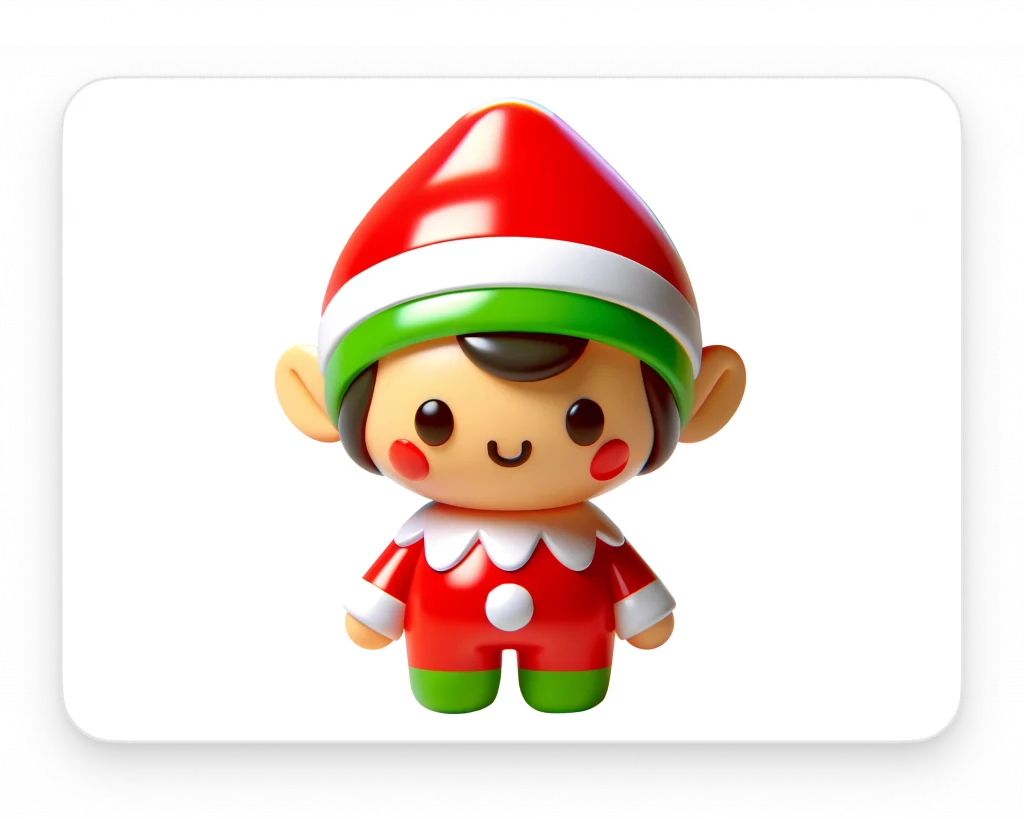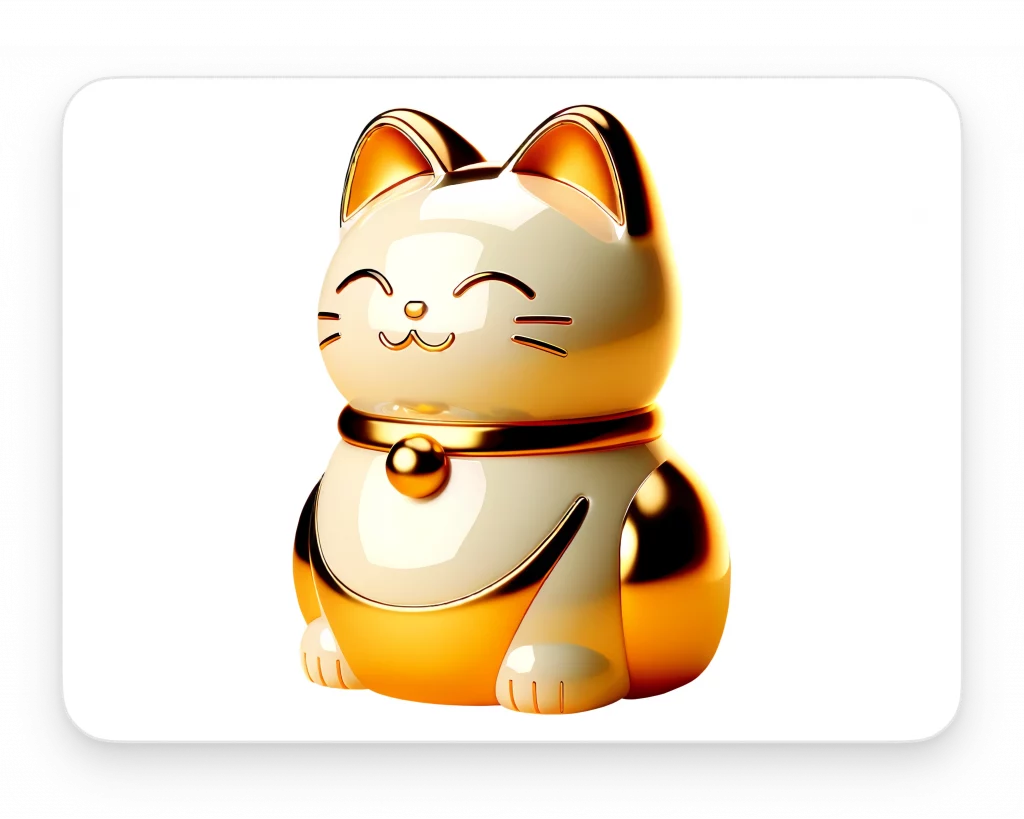Explore how 3D vector characters revolutionize UI design, adding depth, emotion, and personality to digital experiences. Dive into the future of UI!
The UI design landscape is shifting. Gone are the days of flat, one-dimensional graphics. Enter the era of 3D vector characters: a game-changer in how we craft and experience user interfaces. These aren’t just fancy graphics; they’re a bridge to a more engaging and dynamic digital world.
This deep dive is all about the diverse cast of 3D characters populating the UI universe. We’re talking human figures that mirror our emotions, robots that bring a touch of sci-fi, and fantasy elements that catapult users into other realms. And let’s not forget the future—AI-driven characters that are set to redefine user interaction.
Ready to see how these 3D characters can transform your UI from just functional to frankly fantastic? Whether you’re a design pro, a curious developer, or a marketer wanting to jazz up your digital touchpoints, this is your playbook.
Table of contents
- 3D vector characters
- 3D emojis: the universal language
- 3D human illustrations
- 3D robot illustrations
- 3D fantasy illustrations
- The future of 3D vector characters: AI characters
3D vector characters
Let’s break down what sets 3D characters apart. Unlike their 2D cousins, these characters pack a punch with an extra dimension, bringing a sense of depth and realism to the table. They’re not just flat images; they pop out of the screen, making your UI feel more like a dynamic, living space.
Why They Matter
3D vector characters do more than look pretty. They’re a tool for storytelling, creating an immersive experience for the user. When someone interacts with your app or website, these characters can guide, entertain, or inform, making the experience more memorable.
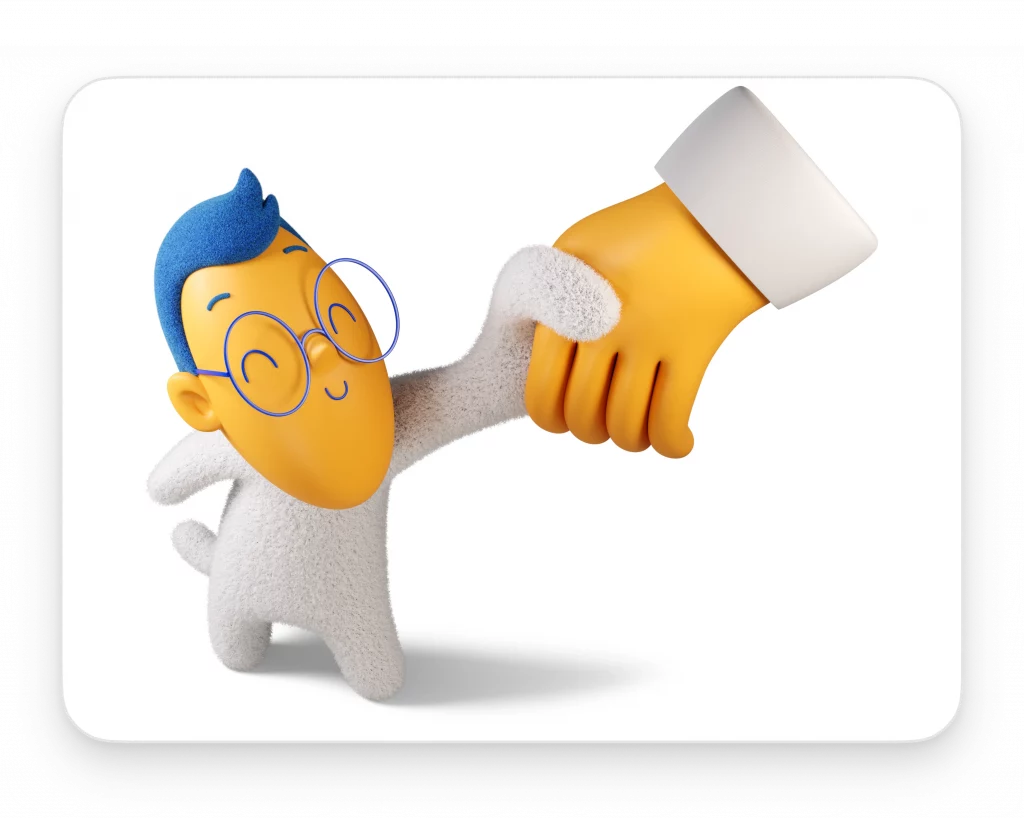
Versatility is Key
One size doesn’t fit all in UI design. That’s where these characters shine. They can be tailored to fit any theme or brand identity. Got a serious, professional product? A sleek, minimalist 3D character can embody that. Or maybe you’re all about fun and creativity? Go wild with vibrant, exaggerated characters.
Remember, 3D vector characters aren’t just a trend. They’re a tool to make your UI stand out and resonate with your audience. Use them wisely, and watch your designs come to life.
3D emojis: the universal language
Now, let’s not overlook emojis. These aren’t just for texts and tweets anymore; they’ve evolved into a crucial part of the 3D character family in UI design. In their 3D form, emojis transcend language barriers, conveying emotions and actions instantly. They’re like the universal shorthand for digital communication.
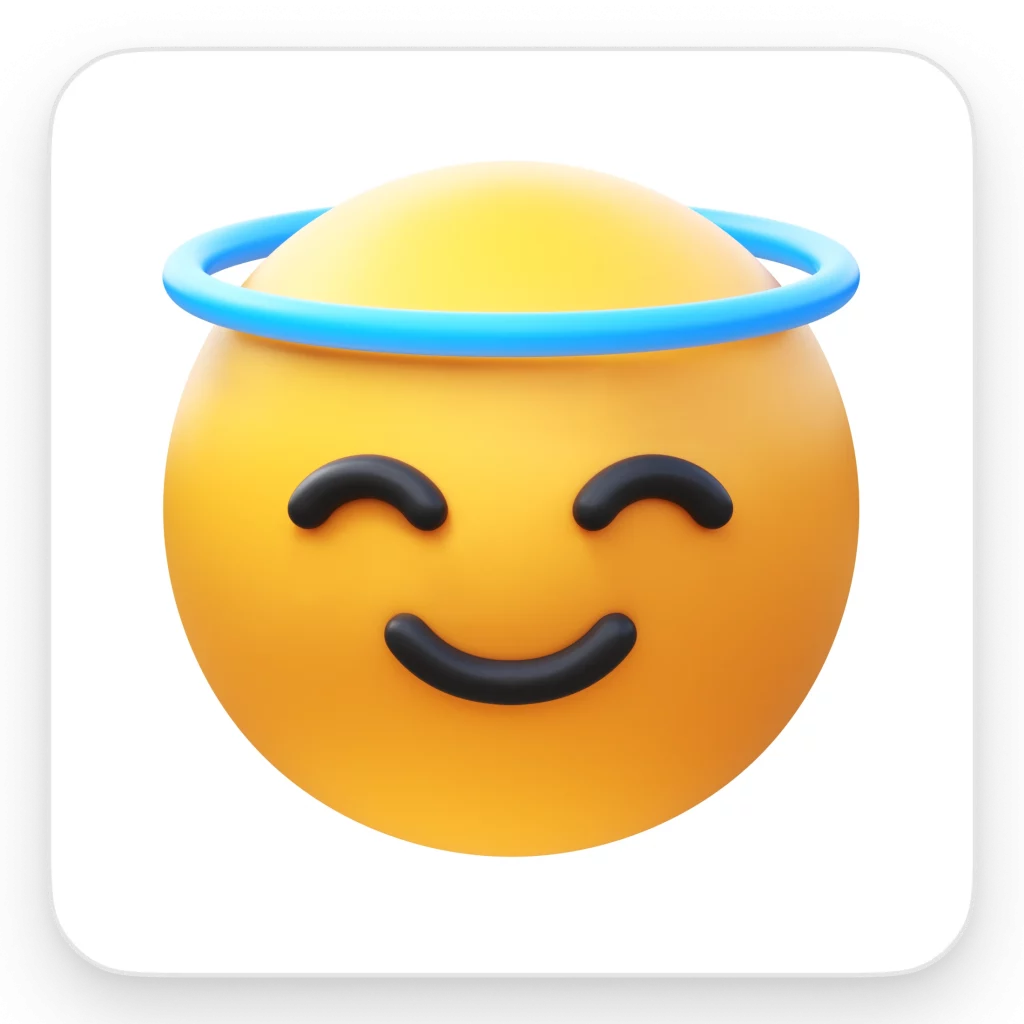

Incorporating 3D emojis into your UI can be a game-changer. They add an element of familiarity and relatability. Imagine a 3D smiley face lighting up when a user completes a task, or a concerned emoji appearing when something goes wrong. It’s about making digital interactions feel more human and responsive.

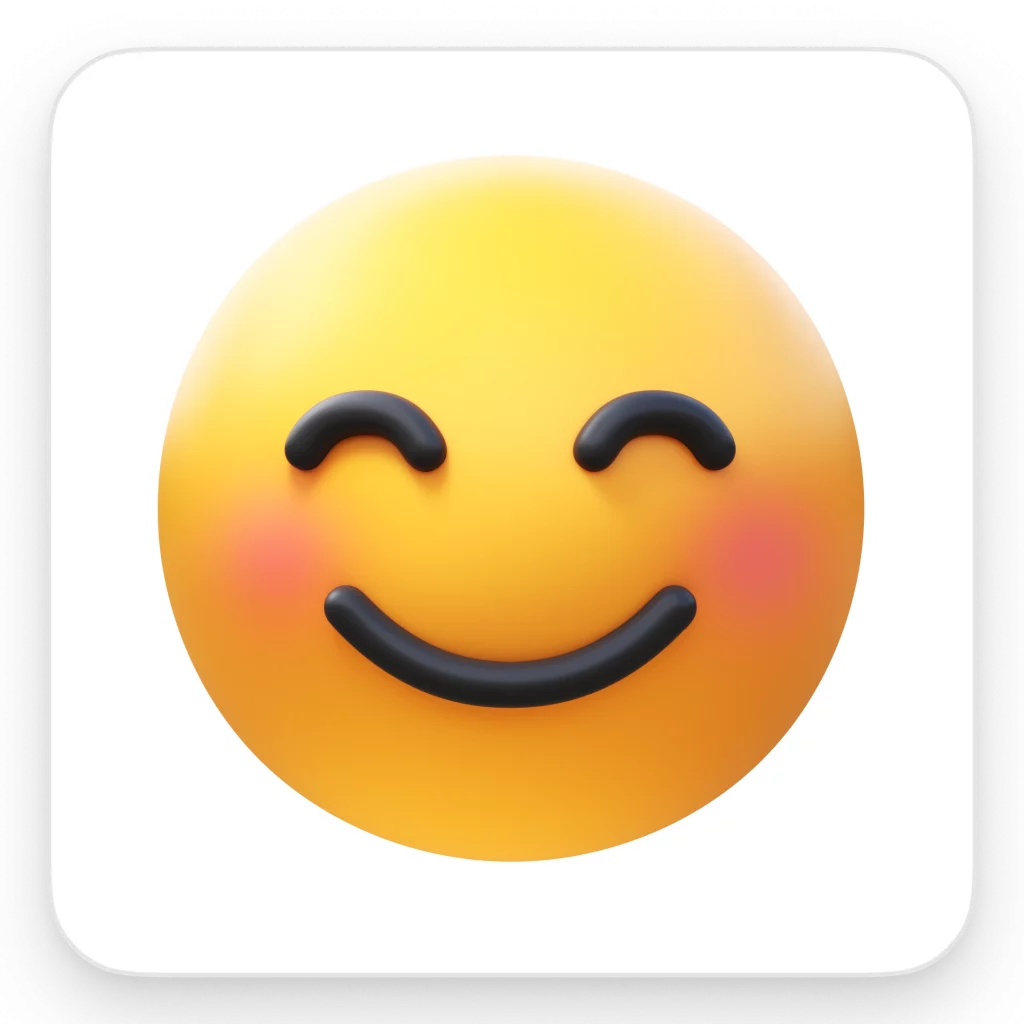
But here’s the trick: subtlety. 3D emojis should complement, not clutter your design. Use them to punctuate, not dominate the conversation. This way, they become an integral part of your UI’s language, speaking volumes without saying a word.

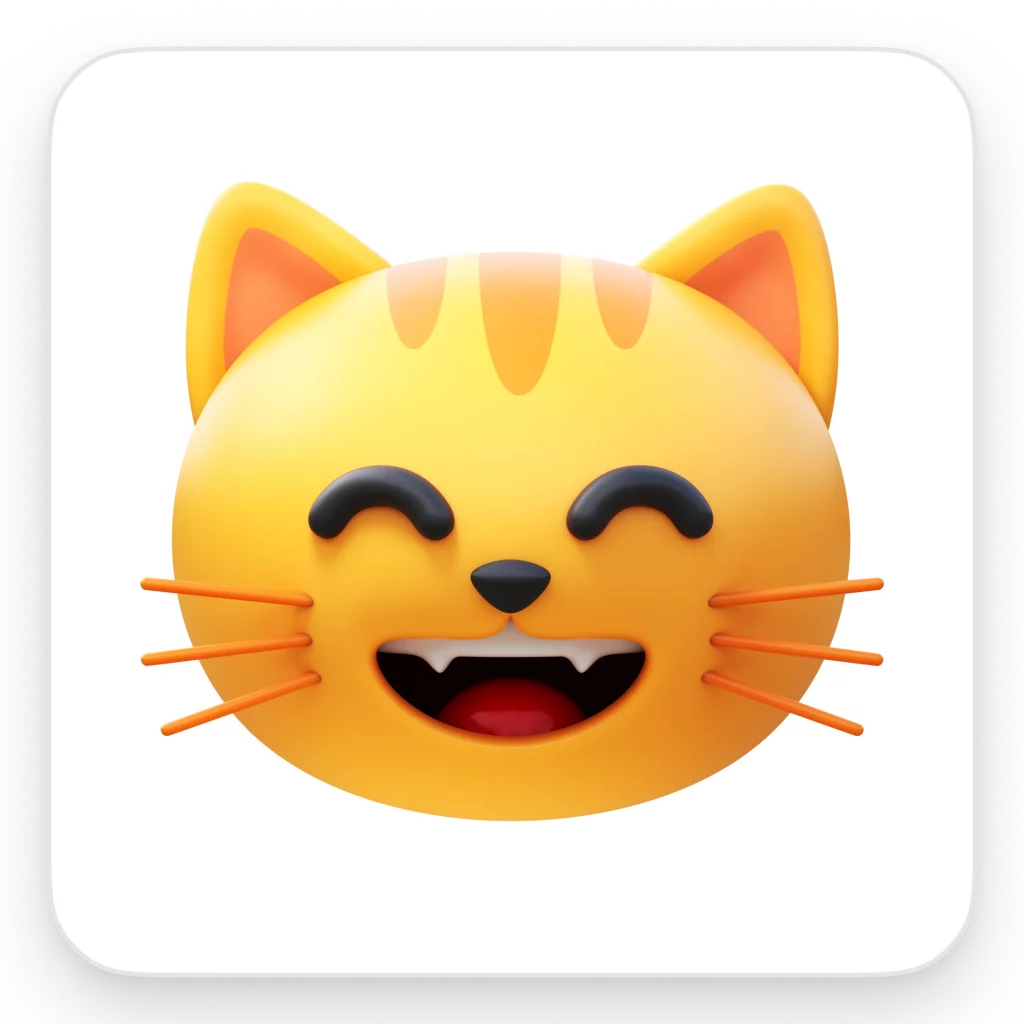
3D human illustrations
Human illustrations in 3D bring a whole new level of connection to UI design. They’re not just graphics; they’re reflections of your users, offering a mirror that can evoke empathy, trust, and engagement.
Realism meets digital
3D human illustrations bridge the gap between digital interfaces and real-world interactions. They can express a range of emotions, from joy to frustration, making digital experiences feel more alive. When users see these human-like figures, there’s an instant sense of familiarity and connection.
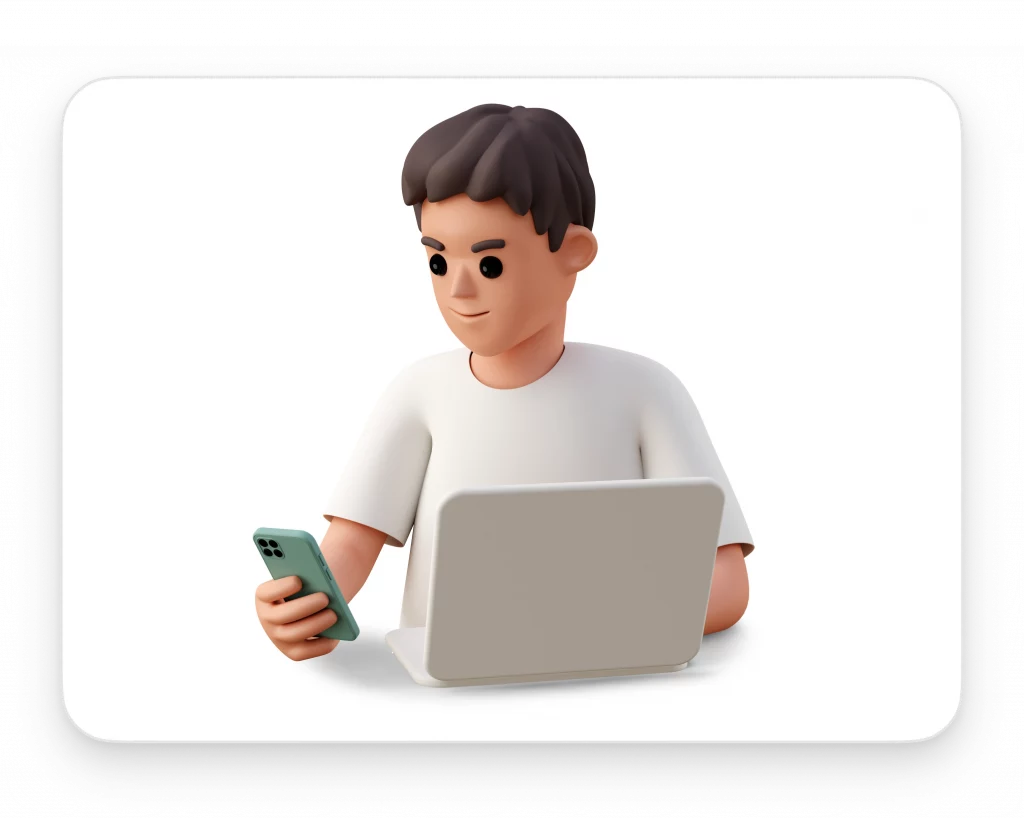
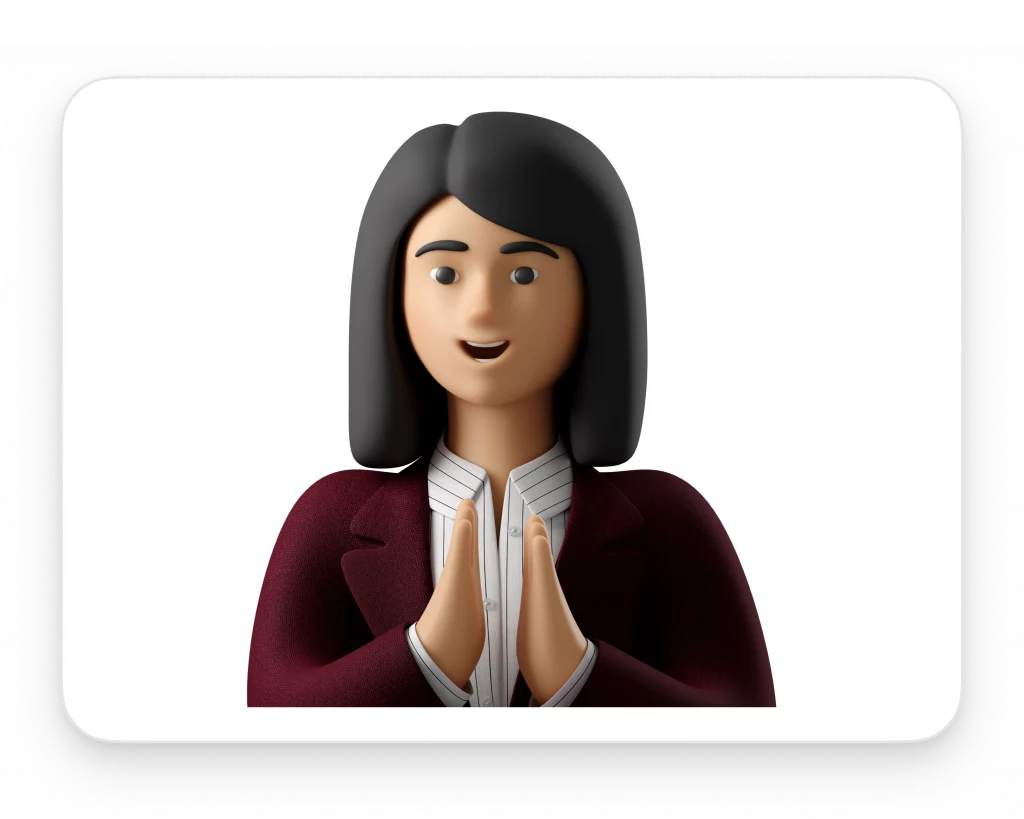
Diversity and inclusion
In today’s global digital landscape, representing diversity in your UI is crucial. 3D human illustrations offer an opportunity to showcase a wide array of cultures, ages, and backgrounds. This isn’t just good ethics; it’s good design. It shows users that you see and value them, no matter who they are.

Design tips
When integrating these illustrations, consider their role in the user’s journey. Are they guides, companions, or narrators? Their design should align with their purpose. Also, keep in mind the tone of your UI. Is it formal, casual, or playful? Your 3D humans should match this tone to create a cohesive experience.
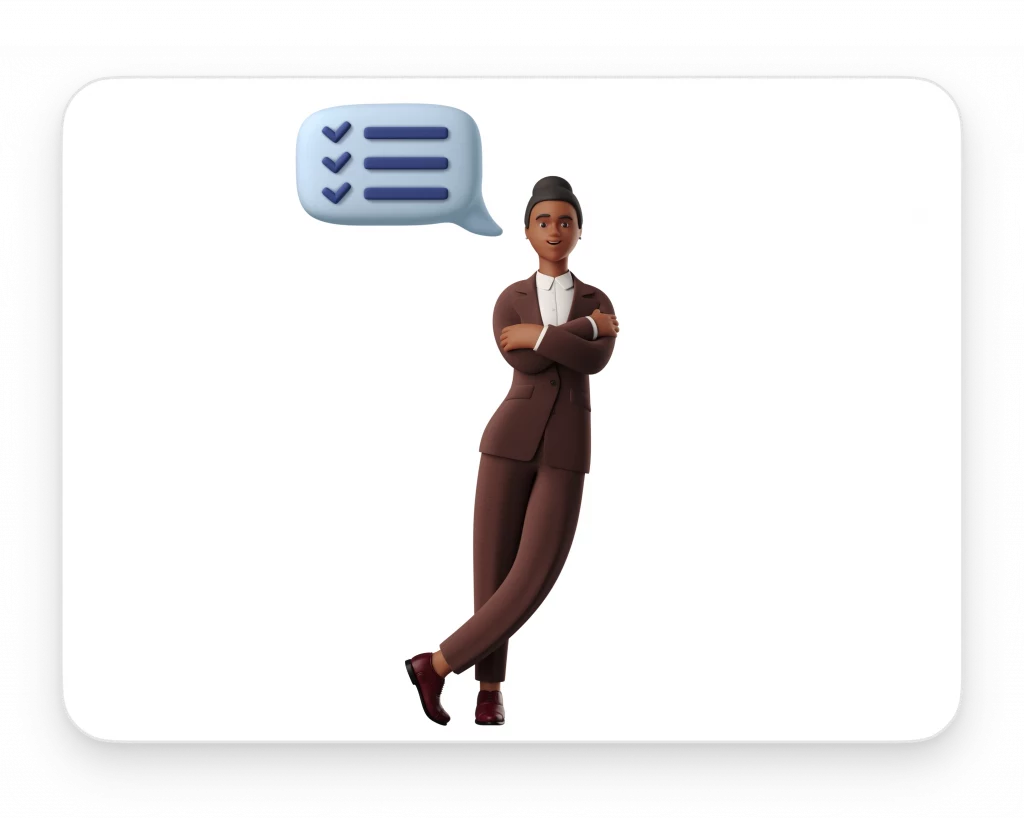
3D robot illustrations
Robots in 3D aren’t just for sci-fi anymore. In the UI world, they symbolize innovation and forward-thinking design. Let’s dive into how these metallic characters can add a unique edge to your interfaces.
The tech appeal
3D robot illustrations are a natural fit for tech and science-related UIs. They embody efficiency, precision, and advanced technology. But that’s not their only turf. These robots can add a futuristic vibe to almost any digital space, from education apps to e-commerce websites.
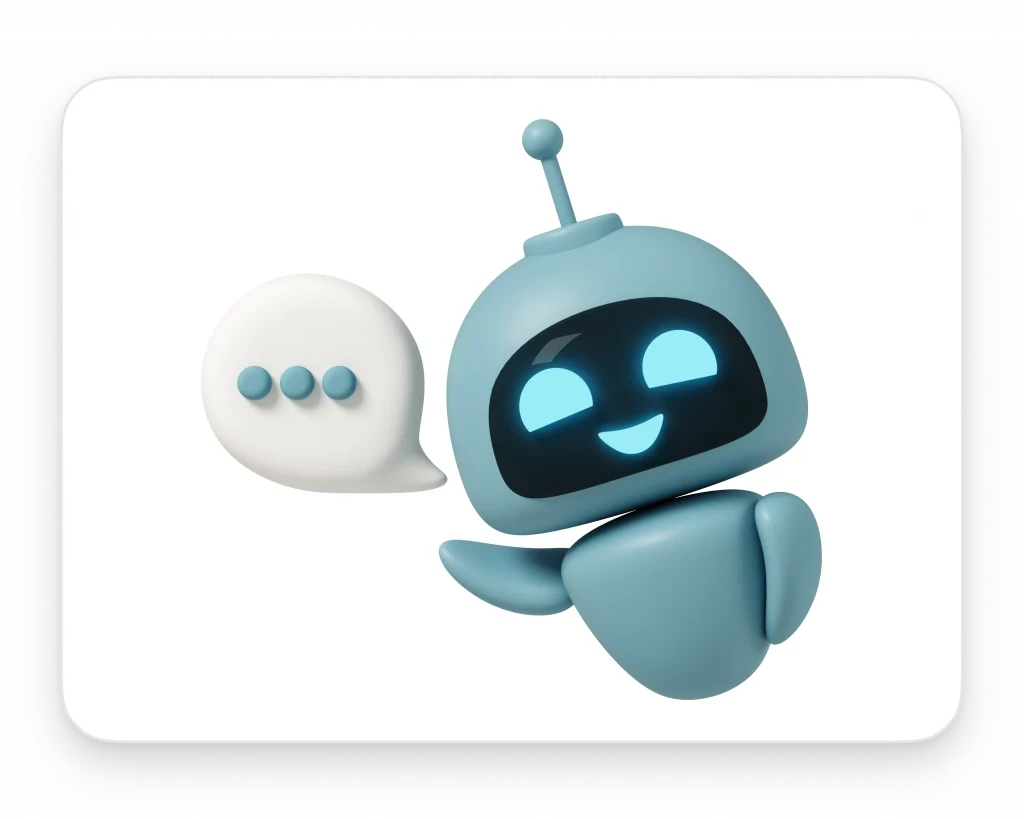
Personality plus
Who says robots have to be cold and impersonal? A well-designed 3D robot can have character, charm, and even a sense of humor. They can be the friendly face of your AI, the helper in a complex system, or the playful element in an otherwise serious app.
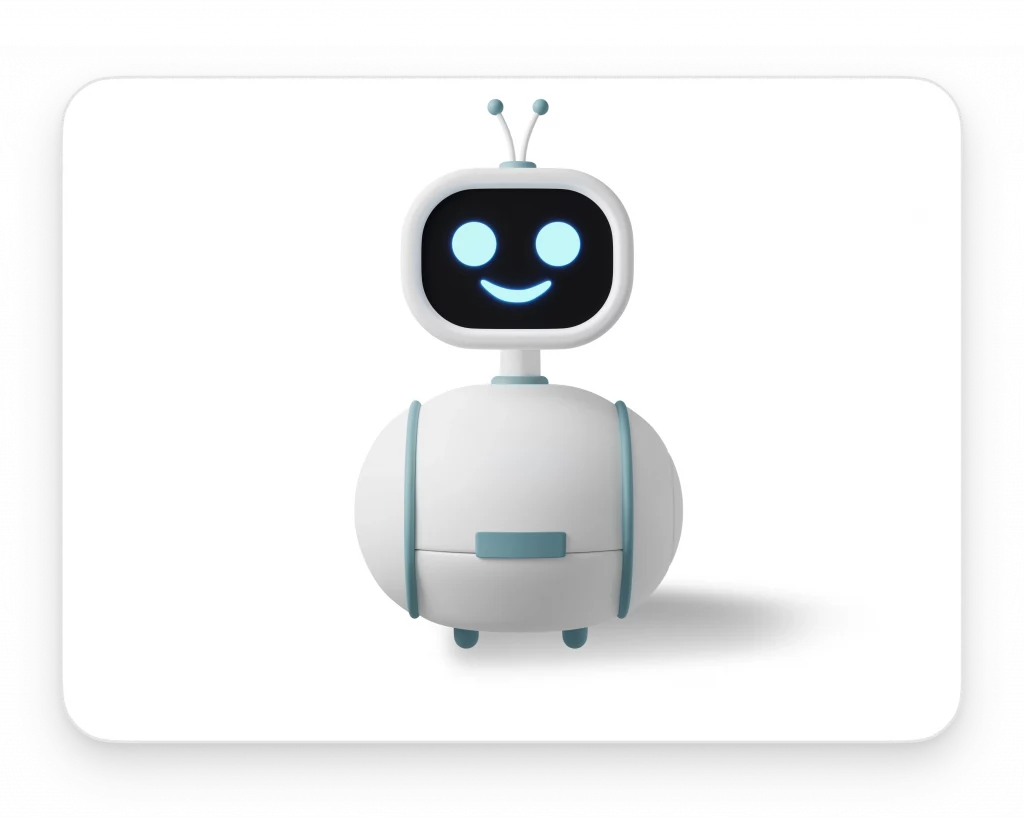
Customization is key
Designing a 3D robot allows you to play with forms, materials, and colors. Sleek and minimalist or rugged and industrial, your robot’s design can speak volumes about your brand and the message you want to convey.

Integration tips
Consider your robot’s role. Is it a guide, an assistant, or a character in a story? Ensure its design aligns with its function. Also, consider how it interacts with other UI elements. A robot that helps navigate explains features or provides feedback can significantly enhance user interaction.

3D fantasy illustrations
Fantasy has a unique power in UI design, especially when brought to life in 3D. These illustrations take users on a journey beyond the ordinary into realms where imagination rules.
Escaping the ordinary
3D fantasy illustrations can transform a mundane interface into an enchanting experience. They’re perfect for games, storytelling apps, or any platform offering an escape from the everyday. Unicorns, mythical creatures, enchanted landscapes – they all serve to captivate and engage users in a deep, immersive way.
Creativity unleashed
The beauty of fantasy illustrations lies in their boundless creativity. You’re not limited by the rules of the real world. This freedom allows you to craft unique, memorable characters and environments that can become a signature part of your brand or app.
Emotional connection
Even in their most whimsical forms, fantasy characters can evoke strong emotions. They can be a source of comfort, inspiration, or joy for users, creating a deep, emotional bond with your UI.
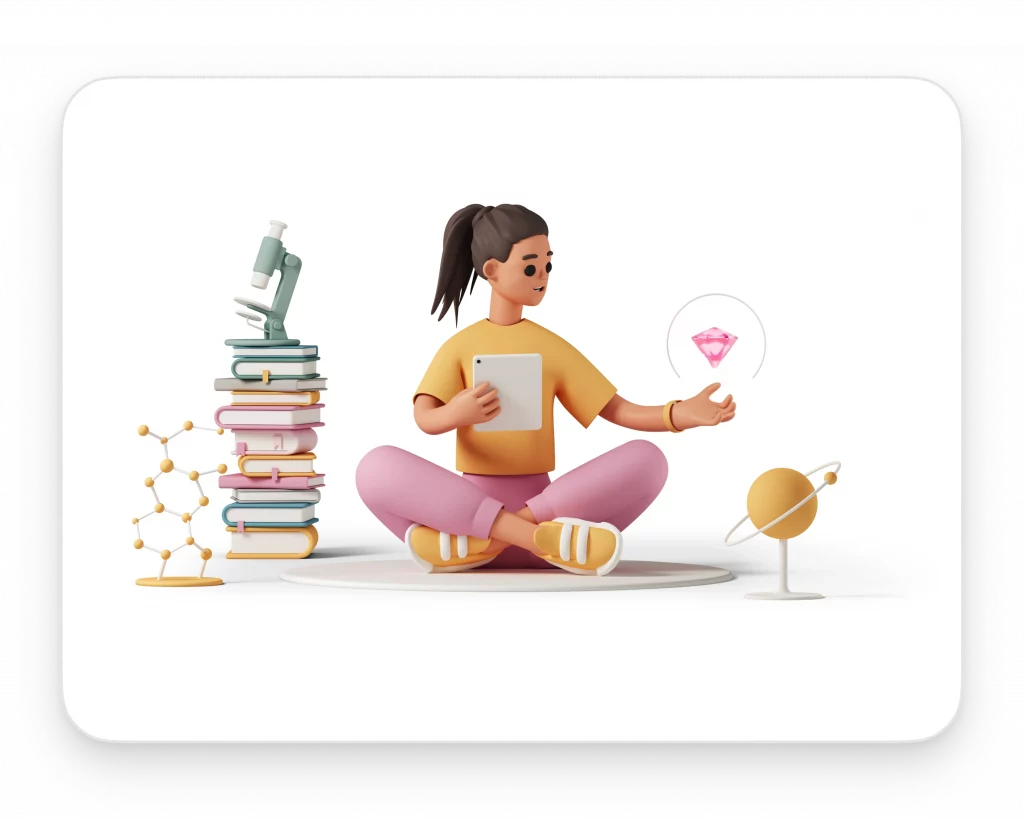
Design considerations
When integrating fantasy elements, it’s crucial to maintain usability and clarity. Ensure that these illustrations enhance, rather than distract from, the user experience. The fantasy elements should be harmonious with the overall design and purpose of your UI.
The future of 3D vector characters: AI characters
The frontier of 3D vector characters in UI design rapidly expands, and AI characters are at the forefront of this evolution. These aren’t just visually impressive; they’re smart, interactive, and increasingly sophisticated.
AI and personalization
AI characters represent the next level of personalization in UI design. They can learn and adapt to user preferences, behaviors, and emotions. Imagine a 3D character that guides users through an app, responds to their mood, and changes its approach accordingly.

Beyond pre-programmed responses
Gone are the days of static, one-dimensional characters. AI-driven 3D characters can provide dynamic interactions, offering responses that are not just pre-programmed but contextually aware and evolving. This creates a more engaging and organic user experience.
The human touch in AI
The challenge and opportunity with AI characters lie in making them feel ‘human.’ This involves sophisticated programming and nuanced, detailed 3D design that conveys emotion and personality.
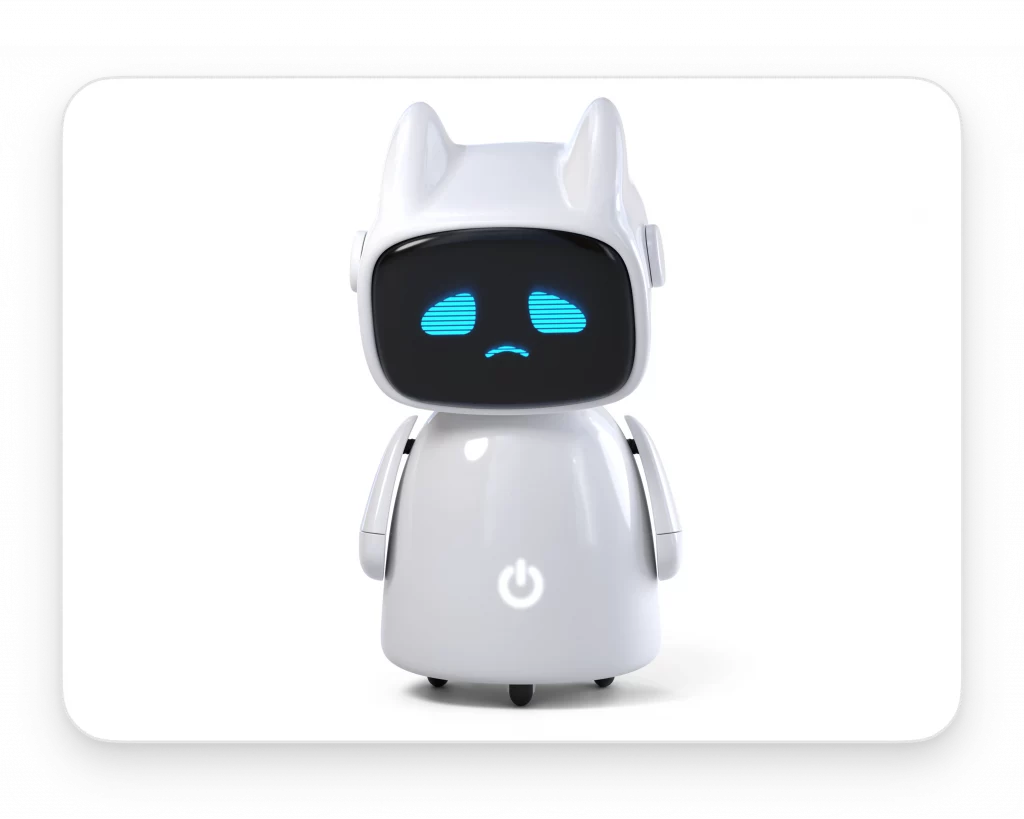
Exploring the world of 3D vector characters in UI design reveals their power to transform user interfaces from simple tools into dynamic, engaging experiences. From human-like to AI-driven, these characters add visual appeal and emotional depth, making digital interactions more relatable and intuitive.
As technology evolves, particularly with AI, the future of UI design promises even more personalized and responsive interfaces. For designers and digital professionals, leveraging these 3D elements is key to creating richer, more human user experiences. The future of UI is not just visually advanced; it’s emotionally intelligent and user-centric.
Check out our 3D shapes, 3D tech illustrations, and 3D nature illustrations deep dives for your UI designs.
